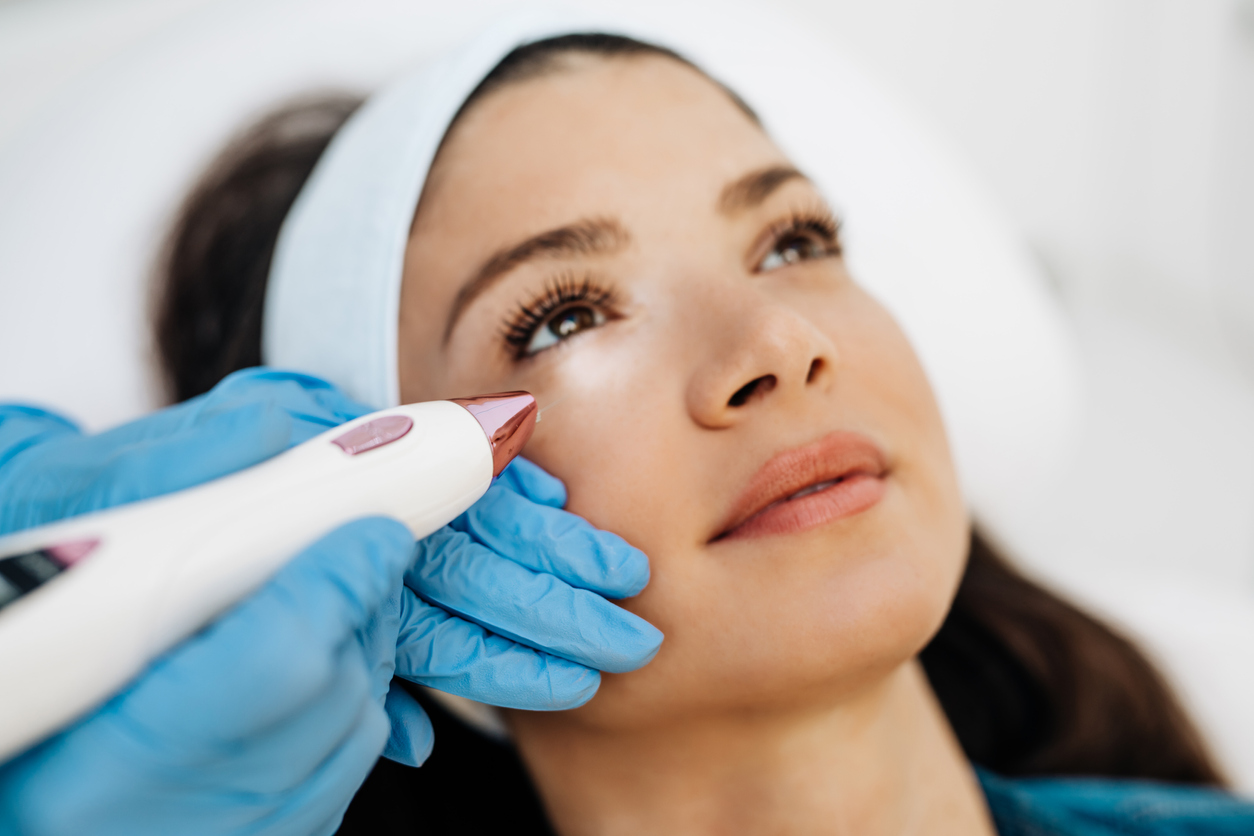The Role of Digital Technologies in Medical Aesthetics

The field of medical aesthetics has always been closely tied to advancements in technology. From the development of innovative cosmetic procedures to the utilization of cutting-edge devices, technology continues to shape the industry in myriad ways. Yet, we're now entering an era where the digital revolution is transforming medical aesthetics in unprecedented ways. Today, we will explore how digital technologies are reshaping the way aesthetic procedures are planned, performed, and evaluated.
3D Imaging and Simulation
3D imaging technology has become a game-changer in the planning and consultation stages of aesthetic procedures. Sophisticated software programs allow practitioners to capture 3D images of the patient's face or body and manipulate them to simulate potential outcomes. This enables patients to visualize what they might look like post-procedure, helping them to make more informed decisions about their treatment plans.
AI-Powered Skin Analysis
Artificial intelligence (AI) is another digital technology that's making waves in medical aesthetics. AI-powered skin analysis tools can scan and analyze the skin in great detail, identifying specific conditions and providing personalized treatment recommendations. These tools can detect signs of aging, sun damage, acne, hyperpigmentation, and more. They enable practitioners to offer targeted treatments that address each patient's unique skin health needs.
Personalized Treatment Planning
Another exciting application of digital technology in medical aesthetics involves personalized treatment planning. Utilizing data from detailed skin analyses and 3D imaging, practitioners can now devise highly tailored treatment plans that cater to the specific needs and aesthetic goals of each patient. This level of personalization enhances treatment outcomes and improves patient satisfaction.
Remote Consultations and Follow-ups
With the proliferation of telehealth services, many aesthetic practices now offer virtual consultations and follow-ups. This use of digital technology not only improves access to aesthetic services for those living in remote areas but also offers convenience for those with busy lifestyles. Additionally, digital platforms can enable more consistent follow-up care, which is crucial for monitoring treatment outcomes and ensuring patient safety.
Conclusion
In conclusion, the fusion of digital technology and medical aesthetics is delivering more precise, personalized, and effective aesthetic treatments. As we continue to innovate, we can expect these digital advancements to drive even greater transformation in the aesthetics industry. The future is exciting, and it's clear that the digital revolution in medical aesthetics is just beginning.





